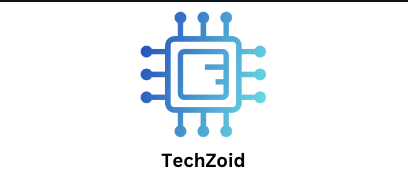A Solar Panel: What Is It?
A solar panel, often referred to as a photovoltaic (PV) panel, is an apparatus that collects sunlight and transforms it into electrical power. The term “photovoltaic” describes the technique that underpins the operation of these panels: the conversion of light (“photo”) into voltage (“voltaic”). Multiple solar cells, the fundamental units in charge of producing electricity, are commonly seen in solar panels. Typically, semiconductor materials like silicon, which are renowned for their effectiveness in absorbing and converting solar energy, are used to make these cells.
Although each solar cell only produces a little quantity of electricity, when several cells are installed together in a single panel, they may create a significant amount of power that can be used in industrial, commercial, and residential settings. A solar array is made up of several interconnected panels that may produce even more electricity to satisfy increasing energy demands.
How Are Solar Panels Operational?
The photovoltaic effect, a 19th-century scientific discovery, provides the basis for how solar panels work. Electrons in the semiconductor material of a solar cell are excited when sunlight hits its surface. An electric current is produced by this electron movement and is then recorded by the panel’s wiring.
Direct current (DC) is the type of power that solar panels generate. However, alternating current (AC) is used by the majority of electrical systems and appliances. As a result, an inverter—a device that transforms direct current into alternating current—receives the DC power produced by the panels. Depending on how the solar system is configured, the converted electricity can be utilized to power houses, stored in batteries for later use, or even supplied back into the electrical grid.
Solar Panels: Their Different Types
Today, a variety of solar panel types are available, each appropriate for a particular set of uses and energy requirements:
Solar Panels That Are Monocrystalline
These panels are incredibly robust and efficient since they are constructed from a single, pure silicon crystal. Their consistent, black coloration makes them clearly identifiable. Even if they function better, they are typically more costly.
Solar Panels that are Polycrystalline
These panels are slightly less efficient but more reasonably priced since they are made by melting many silicon crystals together. They typically look speckled and blue. Both business and residential installations frequently employ polycrystalline panels.
Solar Panels with Thin Film
A glass or metal surface is used to create thin-film panels by depositing layers of photovoltaic material. They are perfect for unusual installations since they are flexible and lightweight. But generally speaking, they are less efficient than crystalline panels.
Advantages of Solar Panels
Solar panels are becoming more and more popular due to their many advantages. Their capacity to produce clean, renewable energy, which lessens reliance on fossil fuels, is one of the biggest benefits. Solar panels reduce carbon emissions and slow down climate change by utilizing the sun’s electricity, which is a plentiful and constant resource.
Long-term cost reductions are another significant advantage. Even while the initial outlay may be high, over time the savings on monthly power bills frequently make up for the cost. Furthermore, a lot of countries offer tax breaks, subsidies, and incentives to promote solar adoption, which makes it even more affordable.
In addition to requiring little upkeep, solar panels have a long lifespan—typically 25 years or longer. They may be deployed anywhere, from rooftops to open fields, thanks to their quiet operation and adaptability, which makes them appropriate for a range of energy requirements.
Conclusion
One of the most effective and environmentally responsible solutions to the world’s expanding energy needs is the installation of solar panels. They provide a sustainable solution that helps the environment and individual energy users by turning sunlight into clean power. Solar panels are becoming a crucial component of the shift to renewable energy due to ongoing technological developments and growing global acceptance. Solar panels will undoubtedly continue to be essential for powering homes, companies, and communities in the future, helping to create a more sustainable and environmentally friendly future for future generations.
